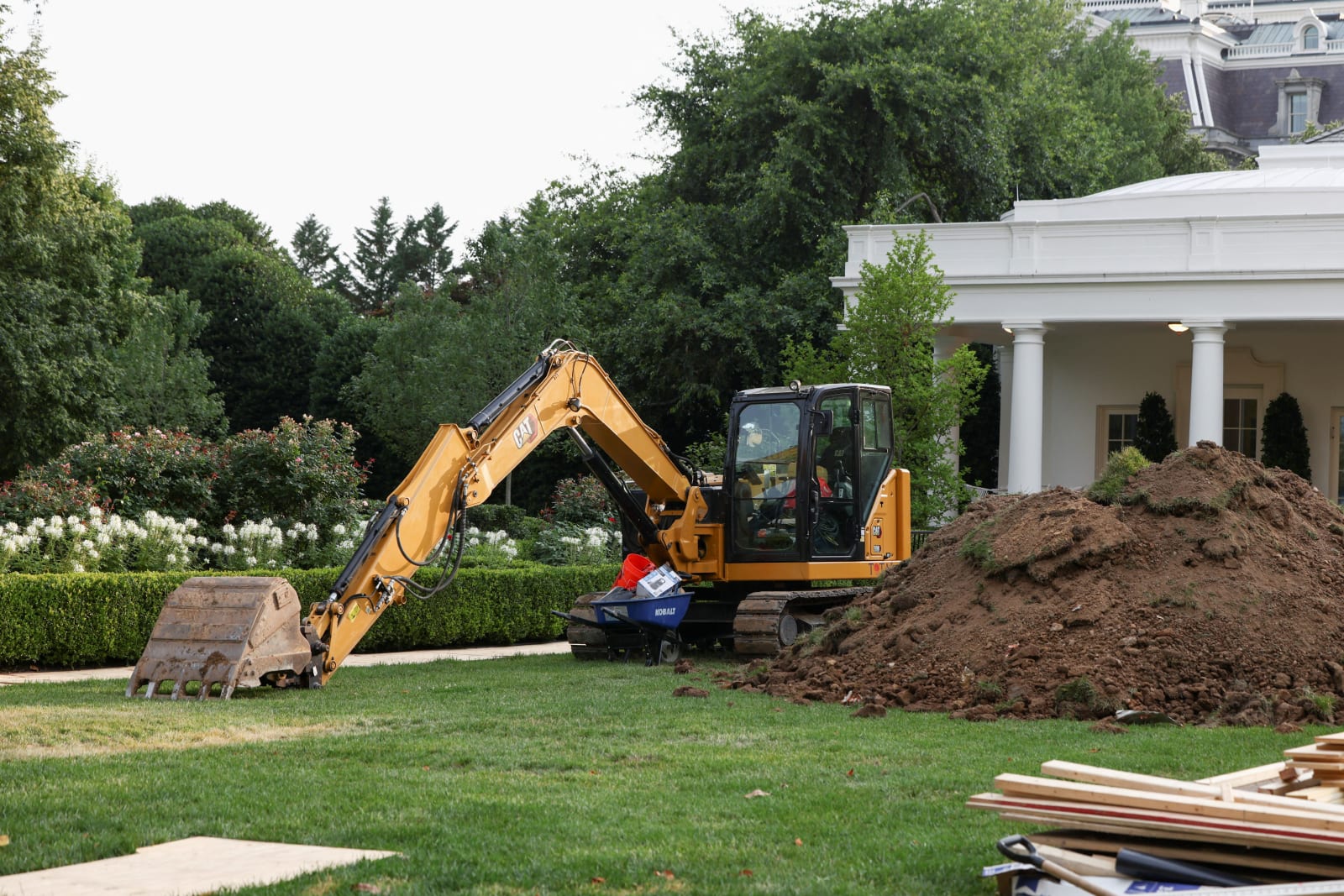Trump’s Plan for a Controversial Sculpture Garden at the White House
President Donald Trump has reportedly planned to honor several controversial figures from American history as part of a new spending bill. The proposal includes a $40 million allocation to create a sculpture garden at the White House, featuring life-sized statues of 250 “mostly famous” Americans. This initiative was reported by The Washington Post and has already sparked significant debate.
The garden aims to showcase individuals who have made notable contributions to American culture and history. Among those included are celebrated figures such as George Washington, Rosa Parks, and Muhammad Ali. However, the list also features several names that have raised eyebrows due to their controversial legacies.
Some of the more contentious figures on the list include slave owners like former presidents George Washington, Thomas Jefferson, and Alexander Hamilton. These individuals, while historically significant, are often criticized for their roles in the institution of slavery. Additionally, the list includes other figures with polarizing histories, such as Christopher Columbus, known for his role in the colonization of the Americas, and Antonin Scalia, a Supreme Court justice whose conservative views have been both praised and scrutinized.
Other names on the list include Barry Goldwater, a prominent political figure associated with the conservative movement, and Hannah Arendt, a philosopher known for her critical analysis of totalitarianism. Alongside these figures are artists and activists like Woody Guthrie and Ruth Bader Ginsburg, who have left lasting impacts on American society.
The idea for the sculpture garden was first introduced during Trump’s first administration. In 2021, an executive order issued just before Joe Biden’s inauguration outlined a list of over 200 potential honorees. The order described the selected individuals as representing “the American spirit of daring and defiance, excellence and adventure, courage and confidence, loyalty and love.”
Funding for the project has been redirected from the National Endowment for the Humanities and the National Endowment for the Arts, according to The Washington Post. This shift has raised questions about the prioritization of cultural and historical projects within federal funding.
Key Figures in the Sculpture Garden
- George Washington: Founding father and first president, but also a slave owner.
- Thomas Jefferson: Third president, author of the Declaration of Independence, and a slave owner.
- Alexander Hamilton: One of the Founding Fathers, known for his financial policies and involvement in the slave trade.
- Christopher Columbus: Celebrated for his voyages, but criticized for his treatment of indigenous peoples.
- Antonin Scalia: Conservative Supreme Court justice known for his originalist interpretation of the Constitution.
- Barry Goldwater: Politician and presidential candidate, influential in the conservative movement.
- Rosa Parks: Civil rights icon and symbol of resistance against racial segregation.
- Muhammad Ali: Legendary boxer and activist known for his stance on civil rights and anti-war efforts.
- Hannah Arendt: Philosopher and political theorist who wrote extensively on totalitarianism.
- Woody Guthrie: Folk singer and songwriter known for his work during the Great Depression.
- Ruth Bader Ginsburg: Supreme Court justice and advocate for gender equality.
Implications and Reactions
The inclusion of these figures has prompted discussions about how history is remembered and honored. Supporters argue that the garden will provide a more comprehensive view of American history, highlighting both achievements and controversies. Critics, however, question the decision to honor individuals with problematic legacies, arguing that it may undermine the values of inclusivity and progress.
As the project moves forward, it will be important to consider the broader implications of such a monument. Will it serve as a reflection of America’s complex history, or will it become a symbol of division? The debate surrounding the sculpture garden highlights the ongoing conversation about how society chooses to remember and celebrate its past.
With the funding now allocated, the next steps will involve selecting the final list of figures and determining the design and location of the garden. As the project unfolds, it will likely continue to generate public interest and discussion.







